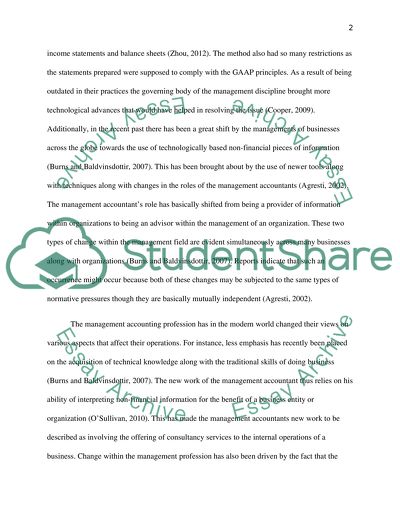Cite this document
(“Moving Away from Traditional Transaction-Based Financial Information Essay”, n.d.)
Retrieved from https://studentshare.org/finance-accounting/1446288-moving-away-from-traditional-transaction-based
Retrieved from https://studentshare.org/finance-accounting/1446288-moving-away-from-traditional-transaction-based
(Moving Away from Traditional Transaction-Based Financial Information Essay)
https://studentshare.org/finance-accounting/1446288-moving-away-from-traditional-transaction-based.
https://studentshare.org/finance-accounting/1446288-moving-away-from-traditional-transaction-based.
“Moving Away from Traditional Transaction-Based Financial Information Essay”, n.d. https://studentshare.org/finance-accounting/1446288-moving-away-from-traditional-transaction-based.


